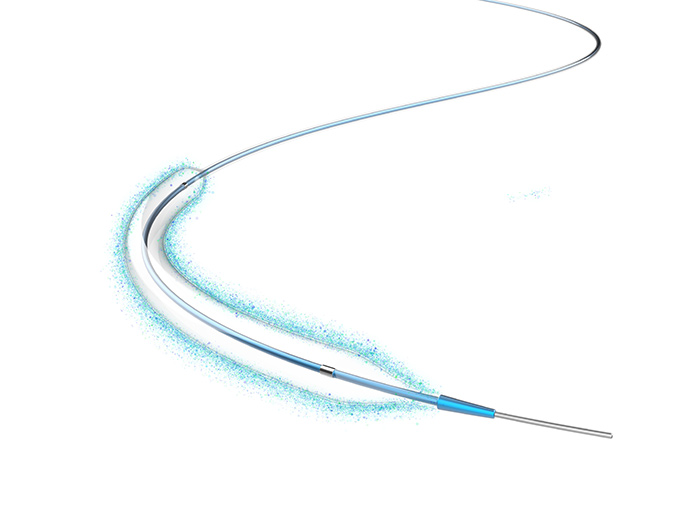the core of our corporate values
FDA: All Restrictions on Paclitaxel Devices for PAD Are Removed
The U.S. Food and Drug Administration (FDA) made an announcement on July 11, 2023, stating that restrictions on the utilization of paclitaxel-coated devices in peripheral vascular intervention (PVI) treatments have been lifted. The news was reported and commented on by TCTMD, which stated that the release of the FDA letter signifies that these devices will once again be available to all patients in need, more than four years after the initial reports of paclitaxel-related mortality signals.

Since August 2019, the FDA had advised that paclitaxel-coated devices be used only in high-risk PAD patients with restenosis and multiple interventions. The warning was based on a meta-analysis published at the end of 2018, which indicated late mortality signals emerging at 2-3 years and an estimated 7% absolute risk increase at 4-5 years for patients treated with paclitaxel drug-eluting stents or drug-coated balloons (DCBs) compared to regular balloons or bare-metal stents.
Over the past four years, several datasets attempted to replicate this unusual mortality signal but failed, leading to questioning within the endovascular community about whether sufficient data had been collected before lifting restrictions. Subsequent large real-world Medicare analyses did not support the increased mortality findings. Long-term datasets from Germany, Italy, and Japan, as well as the SAFE-PAD study conducted in collaboration with the FDA, also failed to draw conclusions.
In the statement released by the FDA on July 11, studies with average or median follow-up ranging from 1.7 to 3.5 years did not find late mortality risks associated with paclitaxel-coated devices. This indicates that based on the FDA's comprehensive review of existing data and analyses, the conclusion of an increased mortality risk with paclitaxel-coated devices is not supported. Although long-term follow-up continues for several studies, the FDA stated that the previous warning about a mortality signals applies to "all paclitaxel-coated devices, including all models, batches, and unique device identifiers."
In a TCTMD interview with Dr. Eric Secemsky, the lead investigator of the SAFE-PAD study, Secemsky noted that the FDA's latest decision will have a significant impact on patients and physicians in the United States and around the world. As a result of the previous controversy surrounding paclitaxel, many patients were unable to access these devices or treatment due to concerns about potential risks. However, with the FDA’s latest decision, paclitaxel devices can now be used again in all patient populations with need.
Secemsky also pointed out that the previous controversy surrounding paclitaxel had additional effects on the field. Secemsky expressed the hope that he would not encounter such controversies again in his career, and to achieve that, physicians need to remain vigilant about patients and make changes in their practice.










